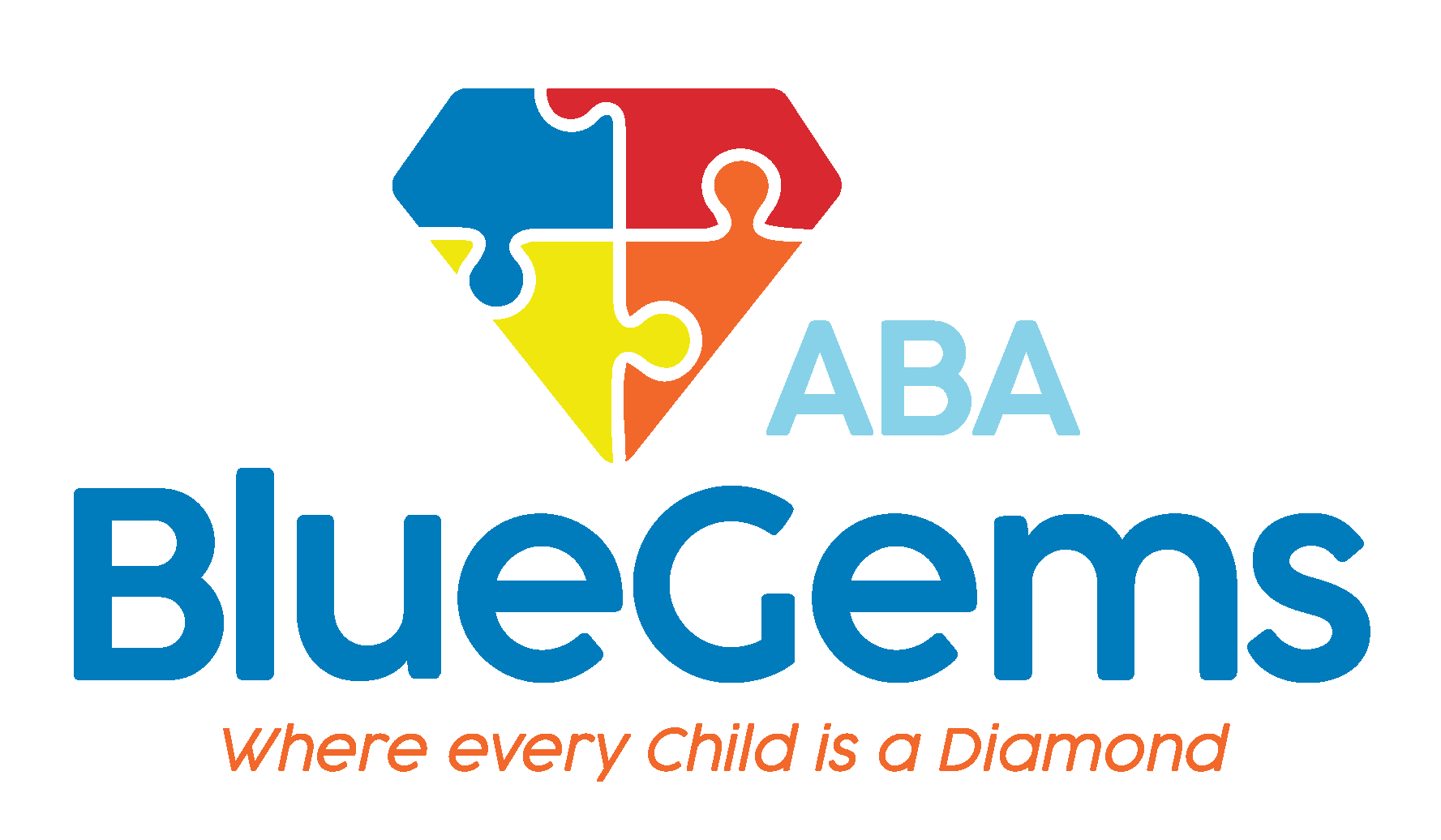Should ABA Goals Be Shared with Extended Family Members?
Parental and family involvement is key to the success of applied behavior analysis, or ABA therapy. When parents, caregivers, other family members and support personnel understand the needs of a child with autism spectrum disorder (ASD) as well as strategies to help support them, they will be able to reinforce the skills learned during sessions in real-world scenarios.
This is why parents, caregivers and others are typically integrated into the ABA therapy treatment plan, working directly with the therapy team at times to learn the child’s goals, treatment plan and how to administer some of the strategies without the help of a therapist.
The saying “it takes a village to raise a child” is very relevant for children with autism, and especially for helping to support them through ABA therapy.
In this article, we’ll discuss some important aspects of family involvement in ABA therapy, including whether you should share your child’s ABA goals with extended family members.
Table Of Contents
Why is Family Involvement in ABA Therapy Important?
The ultimate goal of all ABA therapy is for children to be able to generalize skills that they learn during treatment. This means that they are able to apply the skills they learn in sessions to real-world scenarios.
For example, if they’re learning how to request items they want during therapy sessions, they would master generalization of that skill when they’re able to effectively request milk when they go to a restaurant.
In order for skills generalization to occur, a child with autism needs to have the strategies that are used in ABA therapy sessions reinforced throughout their daily lives. The people responsible for doing this, most often, are parents, siblings, caregivers and other support personnel such as teachers.
Research has shown that family involvement in ABA therapy leads to increased effectiveness of the therapy. This is why ABA therapy teams will not only discuss the strategies and treatment plans with family members, but also directly involve them in the therapy so they, too, can learn how to administer the various strategies.
What Role Do Extended Family Members Play in ABA Therapy?
The people who interact with the child on a daily basis are the focus of family involvement in ABA therapy. Since parents and siblings are the family members who will likely spend the most time with the child with ASD, it’s most critical that they learn the ABA therapy techniques, strategies and goals the child has.

At the same time, extended family members also play a significant role in providing ongoing support to children with autism. Everyone from grandparents to aunts, uncles and cousins can all help reinforce the skills that children learn in ABA therapy.
Most of the time, these people don’t need to be involved at the same level as parents and siblings — unless they spend significant amount of time with the child and/or responsible for caring for them at times. Still, it’s important to involve them in the process, including sharing ABA therapy goals with them.
The more people who are directly involved in supporting a child with autism, the broader their support network becomes. Not only does this help to reinforce the skills that they’re learning, it also brings them more comfort and confidence in interacting with people who don’t live in their household.
This can eventually lead to the child becoming more comfortable and confident exhibiting the skills they learned in other environments with non-family members, too. For instance, they might become more comfortable and less anxious starting a conversation with a peer.
Involving extended family members in the ABA therapy process can also relieve some stress from parents as well. This is not a minor thing, either, as parents can get overwhelmed at times, too.
Having this added help from extended family members can provide a lot of support for the parents, which then allows them to be more attentive, focused and supportive for their child with autism.
Blue Gems ABA Involves Family Members in Treatment
Family involvement is so critical to the success of ABA therapy. When parents, siblings and others are brought into the process, children with autism can continue to build and refine the skills they learn during sessions in other real-world scenarios.
At Blue Gems ABA, we always involve family members in the process — whether that’s parents, siblings, grandparents or others. We understand how crucial this is to your child’s success, so we prioritize it as part of all of our treatment plans.
To learn more, please contact us today.




